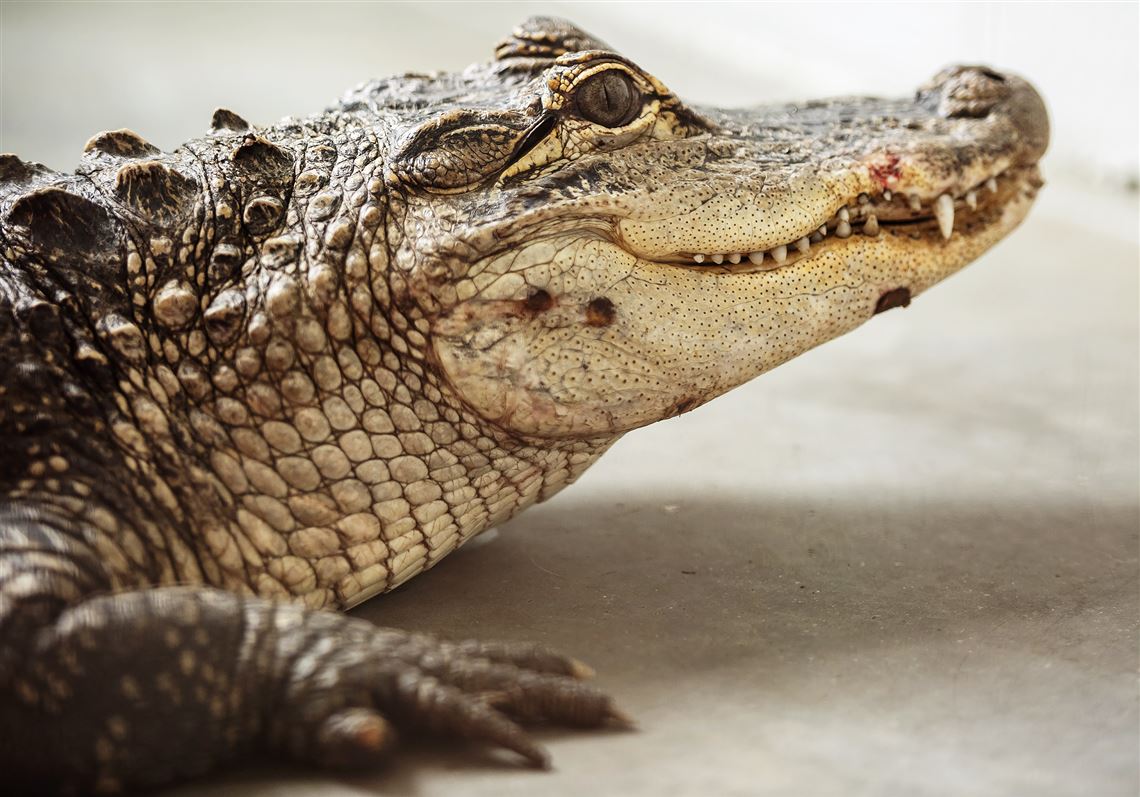The inherent danger of keeping a wild animal should be obvious. But as we observe in a frightening conga line of cases, people continue to harbor the illusion that wild animals can be pets. In the rare cases where it can be safely done, the “pet” is usually sentenced to a life devoid of anything close to a comfortable environment, and its instinctive requirements are cruelly ignored.
Over the last month and a half, Pittsburgh police and animal control officials have caught three alligators loose in the city. Authorities believe at least two of the gators were discarded pets.
These are wild animals, not pets. Much the same as pythons, tigers, monkeys, boa constrictors, lions, wolves, baboons, cobras and bears, they are wild animals. They don’t belong in homes, in close proximity to people. They belong in the wild, or in well-designed and operated zoos where these animals are provided a suitable environment and cared for by professionals.
Even cutesy names, such as a black bear called “Teddy,” can’t rinse the thousands of years of powerful feral instinct from an apex predator.
Teddy had been raised by an Allentown, Pa., family since it was a cub, but as a 350-pound adult bruin, it killed its 37-year-old owner while she was cleaning its cage in 2009. Her children watched in horror and a neighbor had to shoot the bear as it guarded its prey.
About 10 years ago, a Connecticut woman was mauled while trying to help a friend get a 200-pound “pet” chimpanzee back in its cage. The attack was so brutal that the woman needed a hand and face transplant.
Outside Zanesville, Ohio, Terry Thompson caged close to 50 wild animals on his property and then released them before committing suicide. Endangered Bengal tigers, monkeys, lions, wolves, baboons and other very dangerous wild animals had to be slaughtered by law enforcement officers to protect children waiting for a school bus and the other people living in the area.
A Florida couple kept a Burmese python in their home as a pet in a tank they covered with a quilt. The snake escaped 10 times, and during its 11th breakout, the snake wrapped itself around the head of the couple’s 2-year-old daughter and suffocated her.
“Private individuals don’t often realize the consequences to these potentially dangerous animals,” said Kent Bekker, chief mission officer for the Toledo Zoo. “The biggest thing, whether for domestic or exotic animals, people need to understand that they need to provide all of the necessary requirements for any animal they are going to keep in captivity. That’s the key, and the zoo does that, and we have numerous safety protocols in place regarding these animals.”
Many reptiles carry salmonella — my nephew nearly died when he was a toddler after contracting the disease from a tiny dime store turtle. Some primates are carriers of diseases that are deadly to humans. And then there are the inherent risks associated with venomous snakes.
“There are a lot of those venomous snakes in private hands,” Mr. Bekker said. “Before you bring any animal into the home, you need to think about the people around you.”
I’ve often wondered if keeping wild animals as so-called pets feeds some kind of machismo, or is it another manifestation of the “Look at me” syndrome?
Adopt a dog, care for a cat or raise a few chickens. This Noah’s Ark of wild beasts people try and force to be pets is very rarely fair to the animal, or safe for their human keepers.
Matt Markey is the outdoors editor at the Toledo Blade. Contact him at mmarkey@theblade.com or 419-724-6068.
First Published: June 28, 2019, 12:00 p.m.


